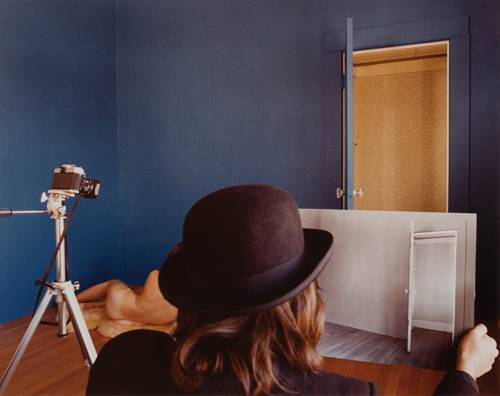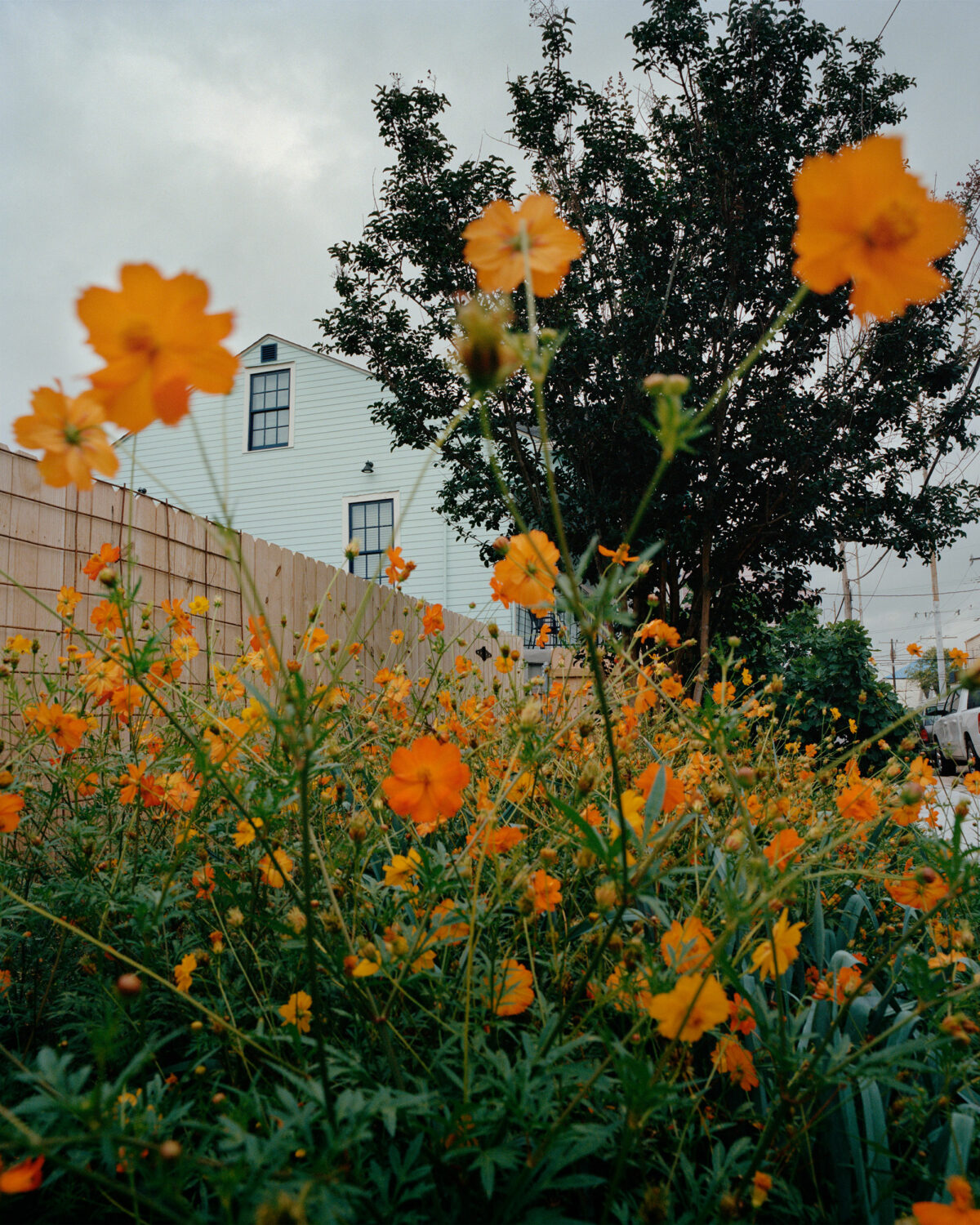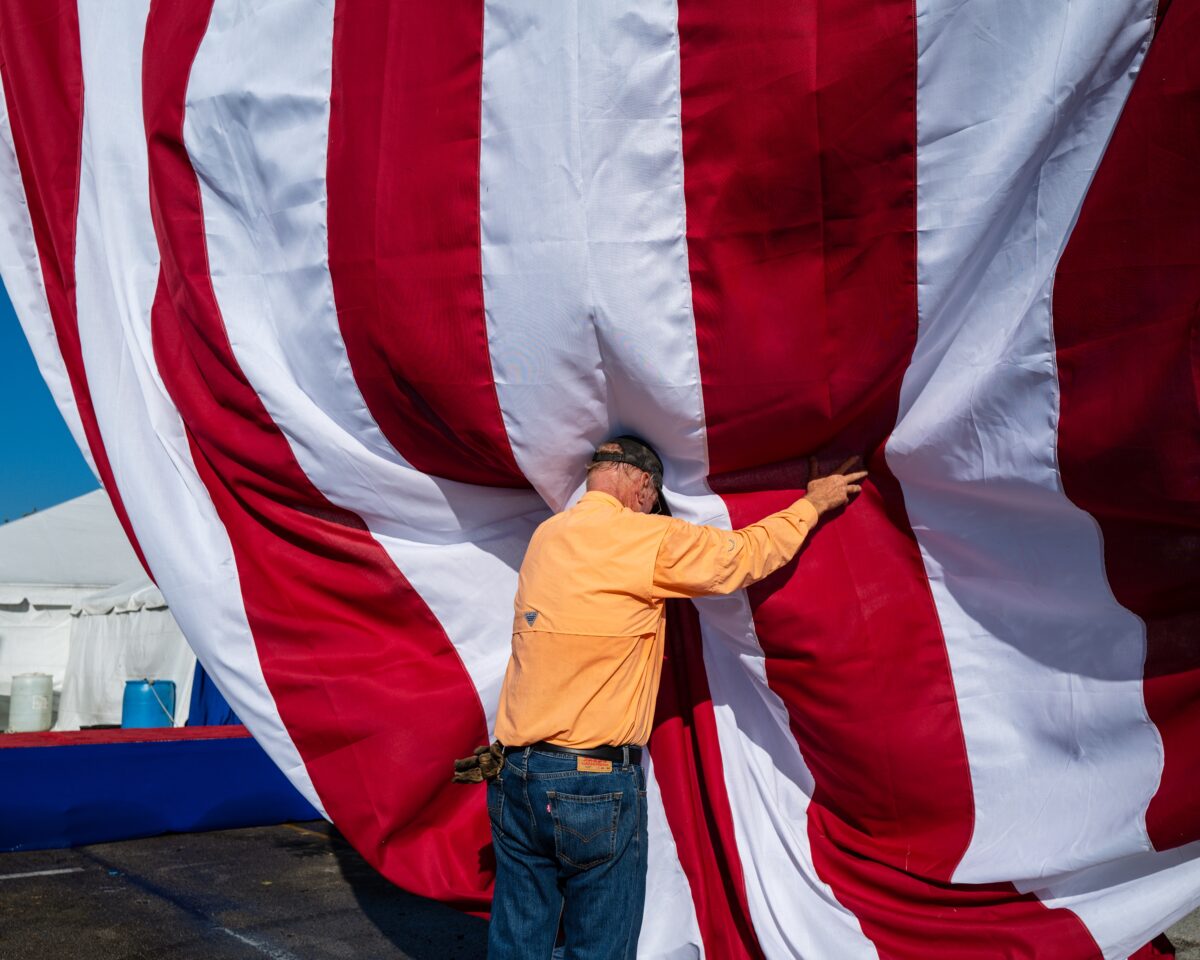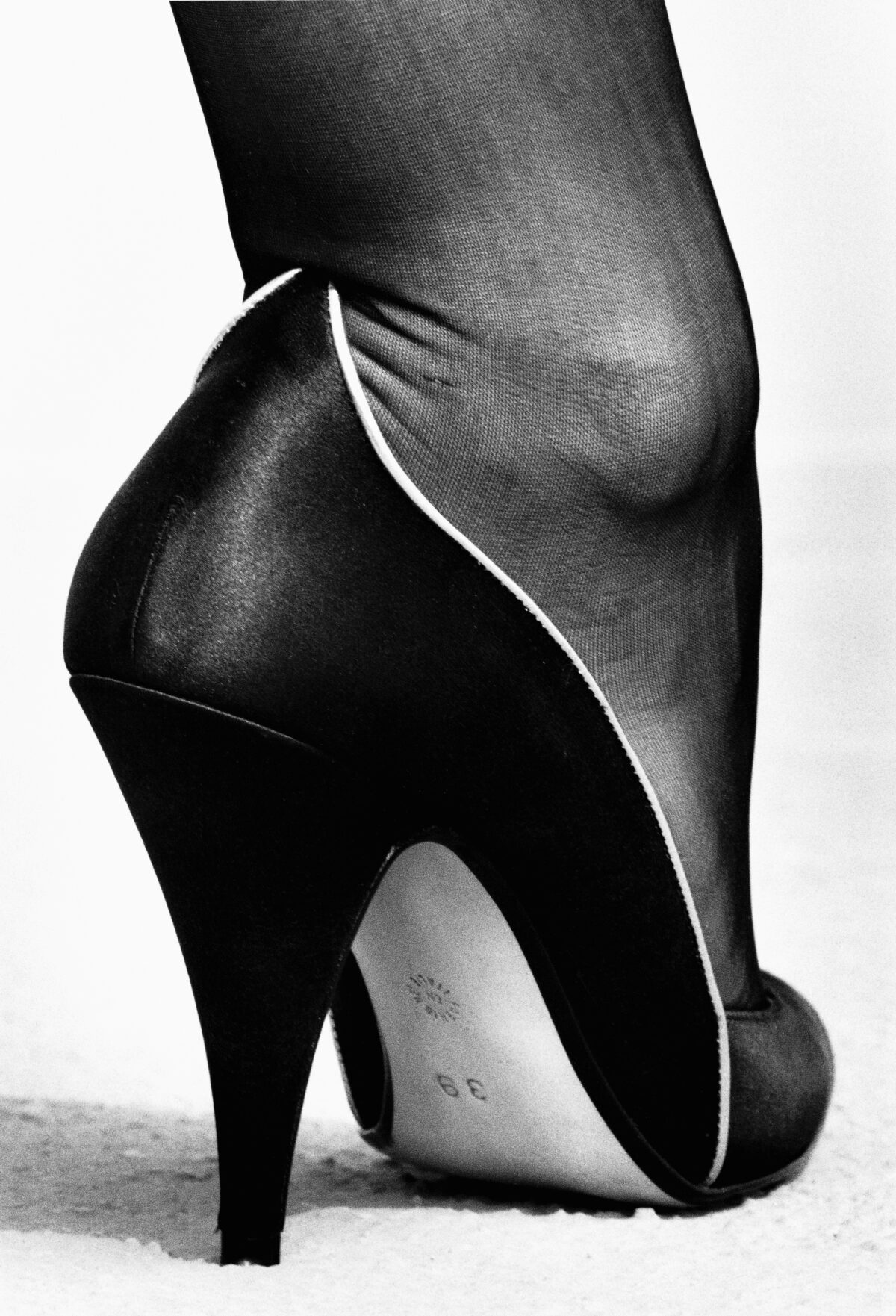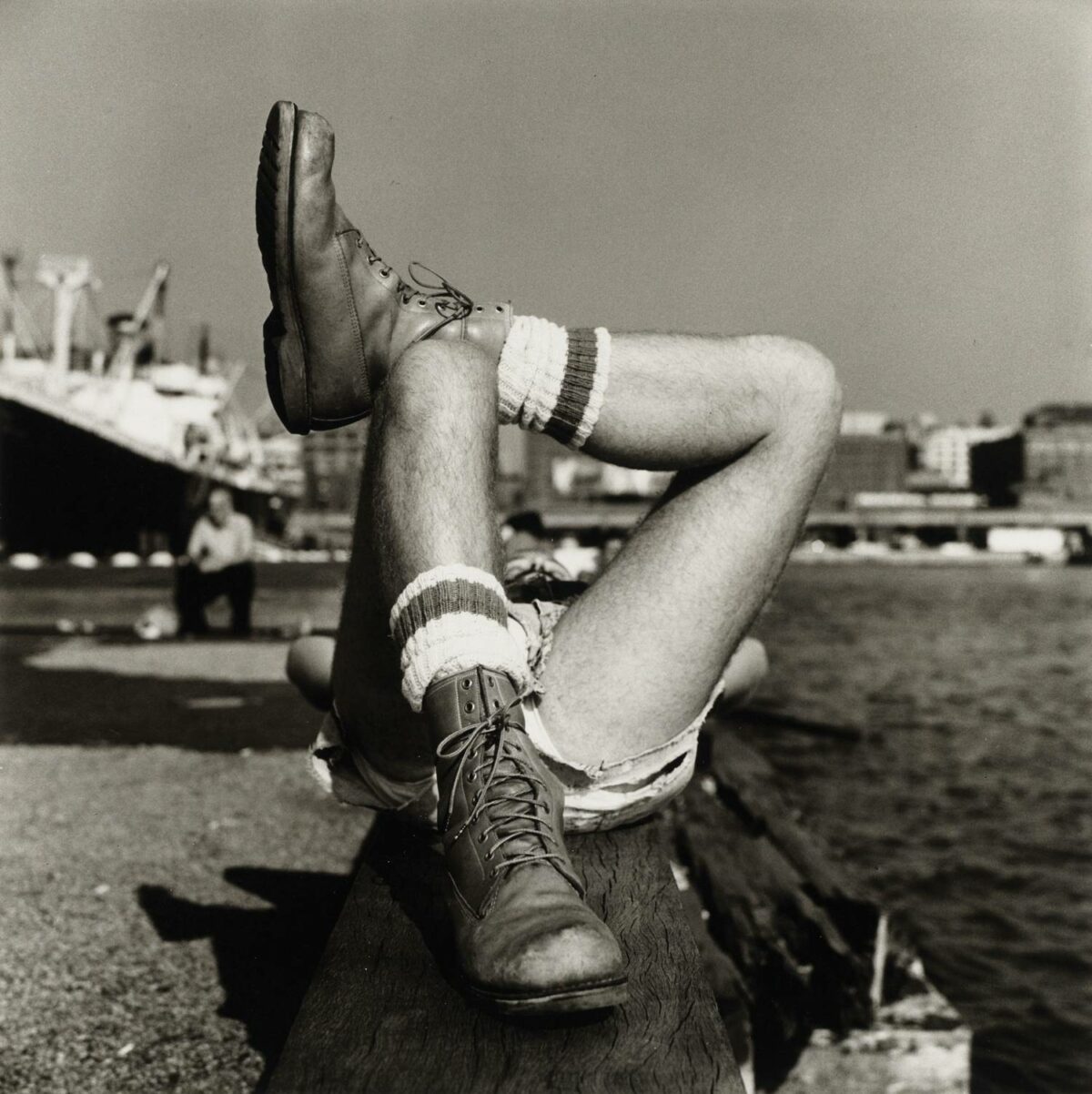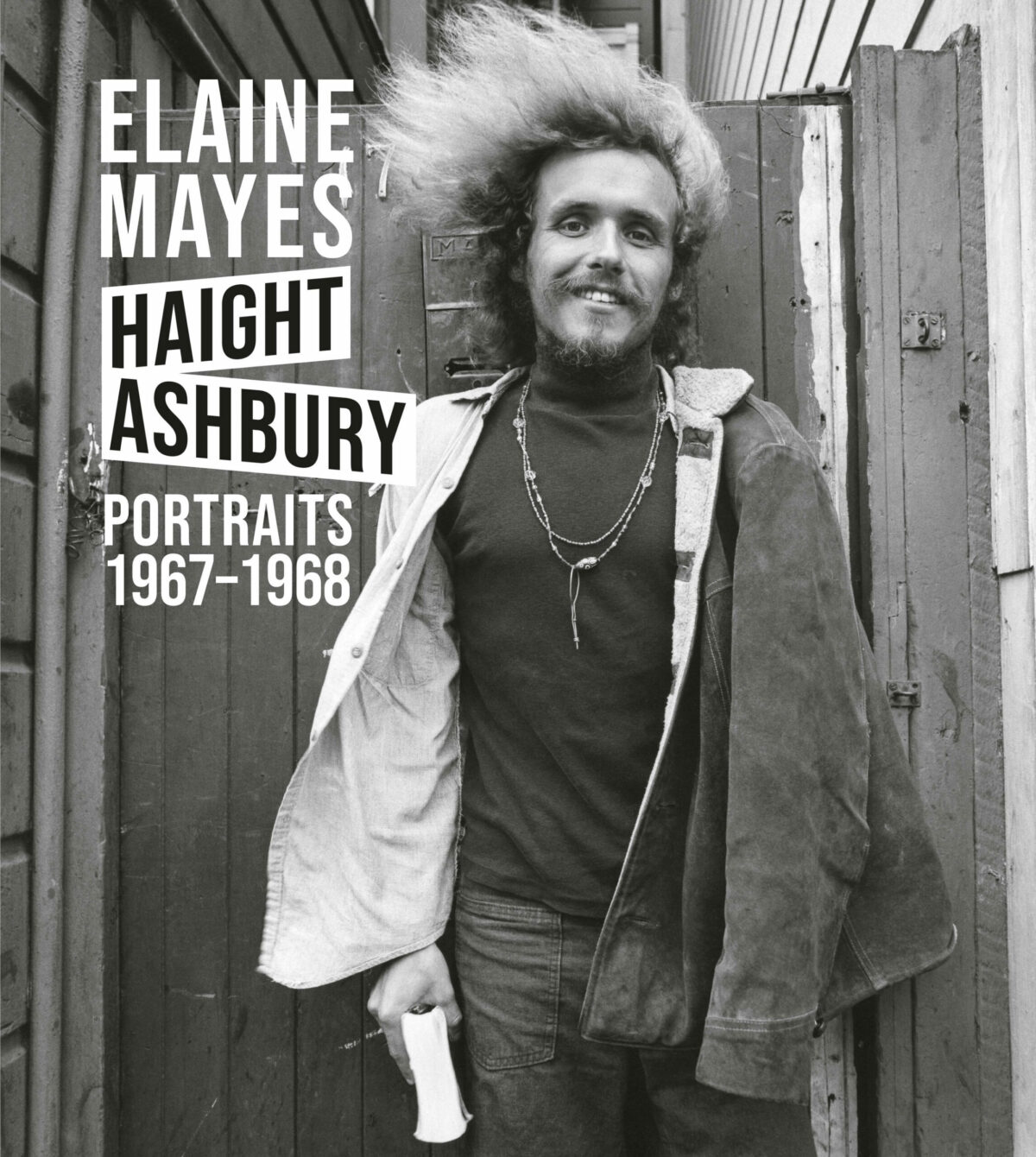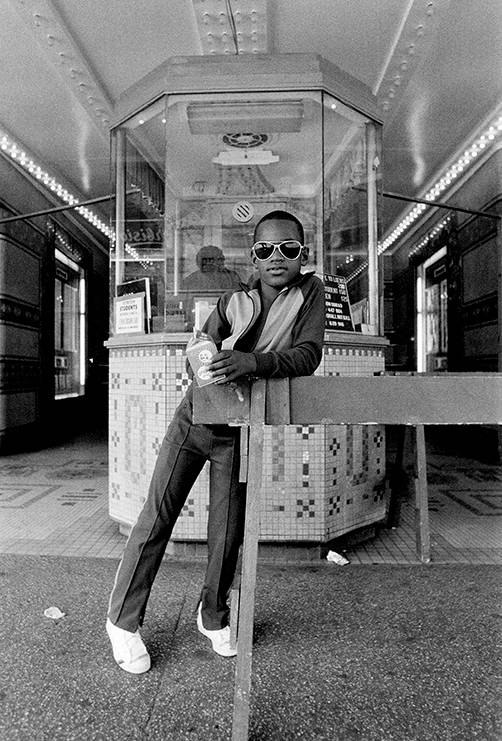In the early 1990s, photographer Patrick Nagatani traveled to ten sites in the western United States where Japanese internment camps stood during World War II. These sites, euphemistically termed “relocation centers” by the U.S. government, held a personal significance for Nagatani: his parents had been interned in two of these camps before they met. Like many children of survivors of trauma, Nagatani was curious about his parents’ internments, but like many survivors of trauma, his parents remained taciturn on the subject. Nagatani’s series Japanese-American Concentration Camps evinces his desire to revisit his parents’ memories and to make sense of his own past. The color photographs in the series are straightforward, with no embellishments or dramatic framings. In one photograph at Manzanar, California, much of the scene falls in the shadows of a grove of trees, a rock formation barely discernible in the middle ground. In the text accompanying this photo, on display at the New Mexico Museum of Art through September 9 as part of the exhibition Patrick Nagatani: Invented Realities, Nagatani explained that this was the site of a meditation pond, and one of the few details his mother shared with him about her time at Manzanar: “As I walked the camp on one of my visits I came across this pond and remembered the image of my mother and her ‘sisters.’ As I made my picture of the site, as corny as this may sound, I seemed to hear the young voices and feel their energy.”
Although the photographs in Japanese-American Concentration Camps are spare in comparison to much of Nagatani’s mature work, they inhabit the same conceptual territory – imagined histories grounded in factual realities, and the desire to represent scenes that will allow viewers to make sense of those histories. Nagatani’s early photography practice involved the construction of highly staged scenes that revel in their own artifice. For his series Chroma Rooms (1977), on view through July 28 in Patrick Nagatani: A Survey of Early Photographs at the University of New Mexico Art Museum, Nagatani painted a room in his Los Angeles house sequentially in various saturated hues – purple, yellow, red, black, blue – arranging friends and various props to create elaborate and ambiguously symbolic tableaux. These early photographs presage Nagatani’s Chromatherapy Project (1978–2007), another series of constructed scenes featuring colored lights as healing instruments for various ailments. Nagatani’s research into the therapeutic power of color was not a completely conceptual practice; in a statement on his Chromatherapy Project, he recognized his own material interest in the subject: “light over the body rather than the cutting into the body or the ingestion of drugs within the body might be a dream rather than reality, but perhaps some dreams should be reality.” In this context, the use of colored light as an optometric tool to expand thought processes seems as legitimate as radiation therapy – an idea that takes on an added poignancy since Nagatani’s death in 2017 after a protracted battle with cancer.
Much of Nagatani’s practice calls attention to our tendency to believe what we see in photographs as truth. In an early series of collaborations with the painter Andrée Tracey, Nagatani used a large-format Polaroid camera, leaving “flaws” in the rendering of the scenes – a piece of fishing line visible on a hanging prop or inconsistencies in perspective – that forced viewers to acknowledge how much of their own worlds are in turn merely constructions, and how much of the world around us we simply do not notice. For perhaps his most ambitious project, Nagatani|Ryoichi Excavations, on view at the Albuquerque Museum through September 23, the artist incorporates scene-building and the deadpan, archaeological framing of the Japanese-American Concentration Camp images. The large-scale installation includes photographs, archival materials, maps, and texts that simultaneously create and document an imagined history – the excavation of a number of automobiles from ancient archaeological sites – and critique that history’s presentation inside the frame of the museum. The artificial reality displayed within the institution might lead to a questioning of all institutional structures, but Nagatani is not cynical. As with much of his work, he wants us to recognize the possibilities within the confines of our conceptions of history and time.

